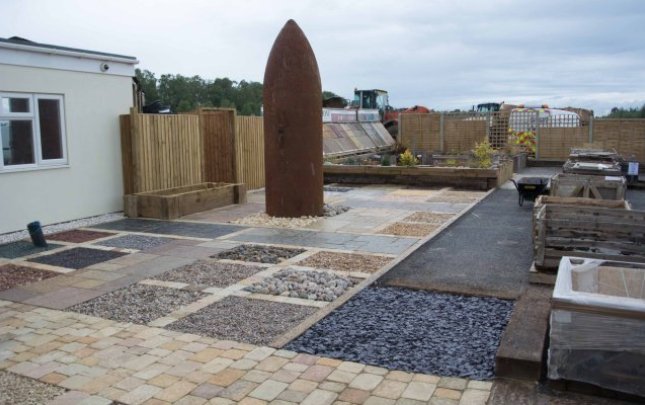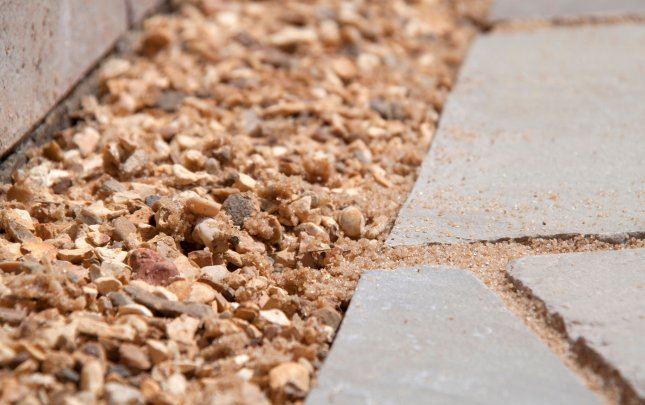
Grab-Away Waste Removal: Large-Scale Waste Management
Waste removal and disposal is a part of your business that you can’t ignore, yet it is often something that is left at the bottom of the to-do list to sort out because many businesses think it is a hassle. However, this doesn’t have to be the case with grab-away waste removal services.
No matter what size business you are running, it is likely that you will be producing a fair amount of waste, so large waste removal services with tipper and grab lorries are often an ideal solution that ensures your waste is removed and disposed of responsibly and in a compliant manner.
In the article, we discuss what our grab-away waste removal solutions include and why you should consider them for your waste disposal in Dorset.
What are grab-away waste removal solutions from MB Wilkes?
Grab-away waste removal services are exactly as they say on the tin; a licensed waste disposal company, such as ourselves, visits your site, grabs your waste, and removes it for disposal.
Read our guide to grab hire and muck away service to learn more about what we offer.
Grab or tipper truck for grab-away services?
Usually, a grab lorry is used for this service, as they have grab arms that extend and pick up the waste from the site and place it into the bed of the lorry. This makes loading the waste from your site into the lorry easy and efficient.
However, for some large-scale waste removals across Dorset, such as on construction sites, a tipper lorry may be used as they have the equipment to load the bed of the tipper lorry.
We have a fleet of grab and tipper lorries, which are able to remove up to 20 tonnes of waste in one trip.
Waste types accepted
Our grab-away waste removal service is able to accept a variety of waste types, making it a flexible solution for many businesses.
Waste types accepted include:
- Sand
- Concrete
- Gravel & aggregates
- Building & Landscape materials
Not sure if we collect your waste type? Our team is always happy to discuss our services with you and answer any questions, so get in touch with us at 01258 857465.
Frequency of grab-away collections
Our grab-away services are flexible, so we can create a schedule that suits your needs.
If you are working on a one-off project or infrequently have large amounts of waste to dispose of, a one-off grab-away waste removal is likely to be the best solution for you. This will ensure that you are only paying for what you need rather than paying for a large grab or tipper truck that you might not fill.
Alternatively, if you frequently have large amounts of waste to dispose of, we can arrange a scheduled waste collection with our grab-away service. We can work with you to create a schedule that suits you; whether you need the waste removed once a week, once a fortnight or once a month, you can trust us to reliably remove your waste when you need it gone.
Benefits of grab-away waste removal solutions
No matter how often you use our grab-away service, there are many benefits.
Save stress
Trying to find a way to remove large quantities of waste can be stressful, especially if you aren't sure what to do with it. Our large waste removal services remove the stress and make the disposal process smooth and hassle-free. We have a reliable and expert team, so you can trust that we will get the job done, allowing you to get on with other work that needs your attention.
Lower carbon footprint
Removing all the waste in one journey, as opposed to lots of smaller journeys is better for the environment and will help you run a more sustainable and environmentally friendly business.
Additionally, waste removed by a professional service will be disposed of correctly, meaning it is more likely to go to a recycling centre than a landfill.
Safe working environment
Large amounts of waste can take up space on your site. Using a grab-away waste removal service will mean you don't have heaps of rubbish sitting around your site, creating a safer work environment for your staff.
Why use MB Wilkes?
MB Wilkes are waste removal experts, providing a stress-free grab-away waste removal solution to businesses across Poole, Bournemouth and the rest of Dorset.
We are fully licenced to remove and transport waste from your site to a disposal facility, meaning we provide a fully compliant waste disposal service. Being able to remove up to 20 tonnes in one trip, our service makes waste removal quick.
Our aim is to make large waste removals simple to sort so that the task can be ticked off your to-do list quickly and stay ticked off.
The MB Wilkes team are always happy to discuss your needs and work with you to create a grab-away waste removal solution that suits you and your business needs. Contact our expert team today by calling 01258 857465 or completing our contact form, and we will get back to you as soon as possible.











